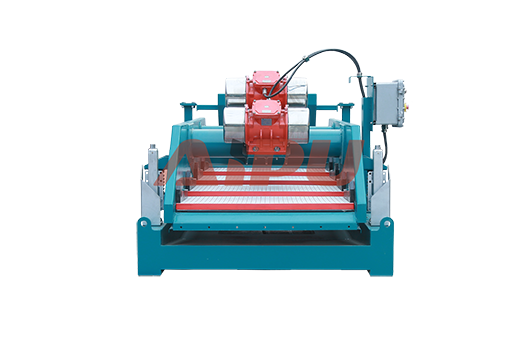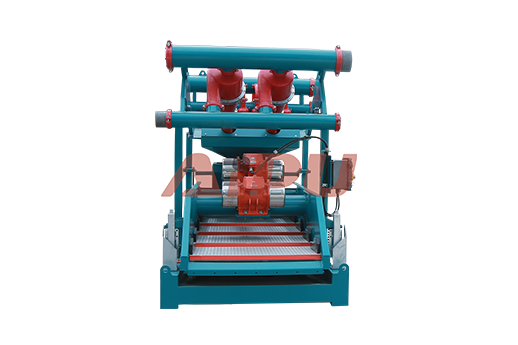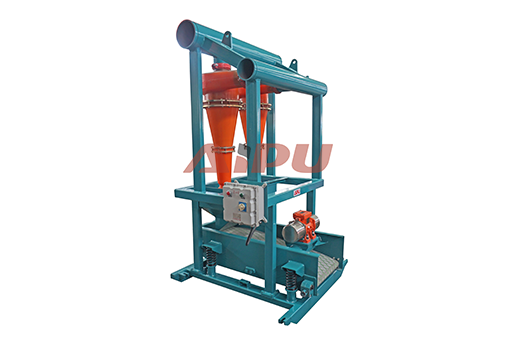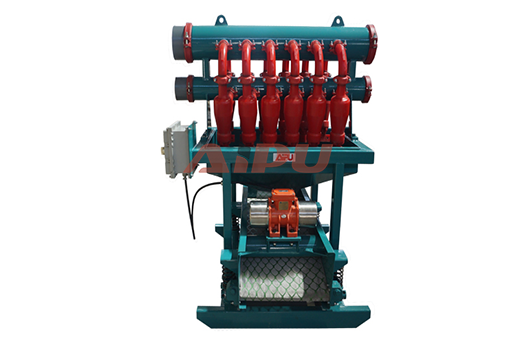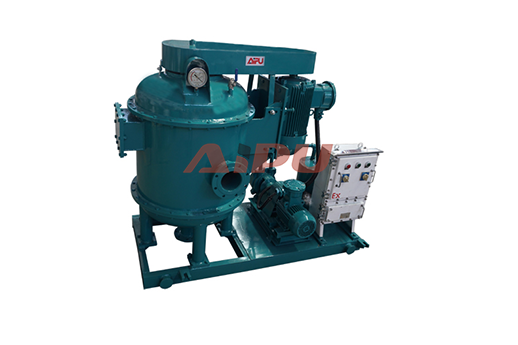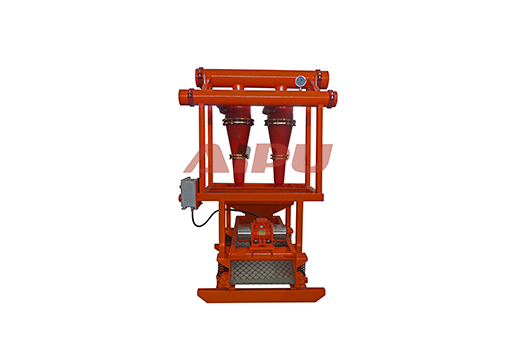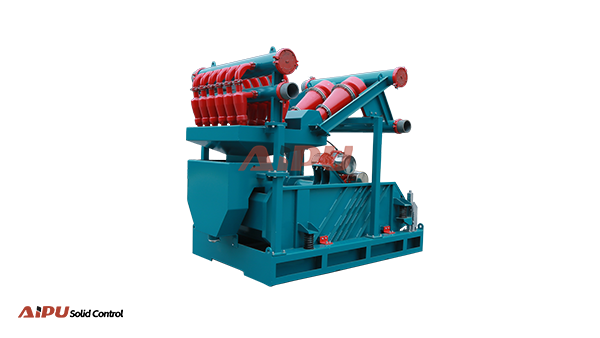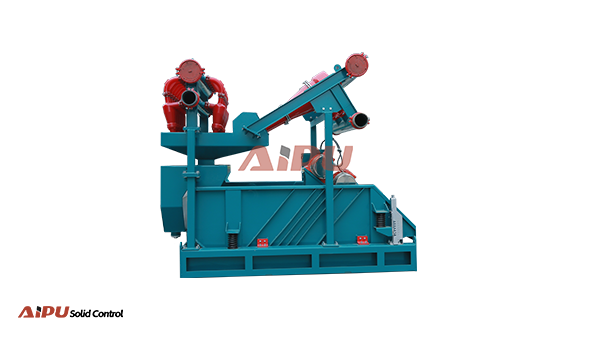Ensuring Efficiency and Safety in Marine Drilling
In the dynamic landscape of industrial operations, a cutting - edge solids control system stands as a cornerstone for efficiency, cost - effectiveness, and environmental sustainability. This article delves into the multifaceted advantages of such a system.
Enhanced Drilling Efficiency
A top - notch solids control system plays a pivotal role in improving drilling efficiency. By effectively removing unwanted solids from the drilling fluid, it maintains the fluid's optimal properties. This ensures smooth circulation of the drilling fluid, reducing the risk of blockages in the drill string and bit. With a clean and well - regulated drilling fluid, the drill bit can penetrate the rock formations more easily, leading to faster drilling rates. Moreover, it minimizes the wear and tear on the drilling equipment, extending their service life and reducing the frequency of maintenance and replacement.
Cost Savings
Implementing a cutting - edge solids control system can result in significant cost savings. Firstly, by reusing the drilling fluid after proper treatment, the need for purchasing large quantities of new fluid is reduced. This not only cuts down on the direct cost of the fluid but also on the transportation and storage costs associated with it. Secondly, as mentioned earlier, the reduced wear on equipment means lower maintenance and replacement costs. Additionally, efficient solids control reduces the likelihood of costly downtime due to equipment failures or drilling fluid - related issues. Over the long term, these savings can have a substantial impact on the overall project budget.
Environmental Protection
Environmental concerns are at the forefront of modern industrial operations, and a state - of - the - art solids control system addresses these issues effectively. By separating the solids from the drilling fluid, it allows for proper disposal of the solids in an environmentally friendly manner. This reduces the potential for soil and water contamination, which can have long - lasting negative effects on the ecosystem. Moreover, the reuse of the drilling fluid conserves natural resources, contributing to a more sustainable approach to drilling and other industrial processes. It also helps companies comply with strict environmental regulations, avoiding potential fines and legal issues.
Improved Product Quality
In industries where the quality of the end - product is closely related to the solids control process, a cutting - edge system can make a significant difference. For example, in the oil and gas industry, a well - controlled solids removal process ensures that the extracted oil and gas are of higher purity. This is crucial as impurities can affect the performance and market value of the products. In other industries such as mining and chemical processing, efficient solids control can lead to better - quality intermediate and final products, enhancing the company's competitiveness in the market.
In conclusion, a cutting - edge solids control system offers a wide range of advantages, from enhancing operational efficiency and saving costs to protecting the environment and improving product quality. Investing in such a system is a strategic decision that can bring long - term benefits to industrial operations.

Enhanced Drilling Efficiency
A top - notch solids control system plays a pivotal role in improving drilling efficiency. By effectively removing unwanted solids from the drilling fluid, it maintains the fluid's optimal properties. This ensures smooth circulation of the drilling fluid, reducing the risk of blockages in the drill string and bit. With a clean and well - regulated drilling fluid, the drill bit can penetrate the rock formations more easily, leading to faster drilling rates. Moreover, it minimizes the wear and tear on the drilling equipment, extending their service life and reducing the frequency of maintenance and replacement.
Cost Savings
Implementing a cutting - edge solids control system can result in significant cost savings. Firstly, by reusing the drilling fluid after proper treatment, the need for purchasing large quantities of new fluid is reduced. This not only cuts down on the direct cost of the fluid but also on the transportation and storage costs associated with it. Secondly, as mentioned earlier, the reduced wear on equipment means lower maintenance and replacement costs. Additionally, efficient solids control reduces the likelihood of costly downtime due to equipment failures or drilling fluid - related issues. Over the long term, these savings can have a substantial impact on the overall project budget.
Environmental Protection
Environmental concerns are at the forefront of modern industrial operations, and a state - of - the - art solids control system addresses these issues effectively. By separating the solids from the drilling fluid, it allows for proper disposal of the solids in an environmentally friendly manner. This reduces the potential for soil and water contamination, which can have long - lasting negative effects on the ecosystem. Moreover, the reuse of the drilling fluid conserves natural resources, contributing to a more sustainable approach to drilling and other industrial processes. It also helps companies comply with strict environmental regulations, avoiding potential fines and legal issues.
Improved Product Quality
In industries where the quality of the end - product is closely related to the solids control process, a cutting - edge system can make a significant difference. For example, in the oil and gas industry, a well - controlled solids removal process ensures that the extracted oil and gas are of higher purity. This is crucial as impurities can affect the performance and market value of the products. In other industries such as mining and chemical processing, efficient solids control can lead to better - quality intermediate and final products, enhancing the company's competitiveness in the market.
In conclusion, a cutting - edge solids control system offers a wide range of advantages, from enhancing operational efficiency and saving costs to protecting the environment and improving product quality. Investing in such a system is a strategic decision that can bring long - term benefits to industrial operations.

